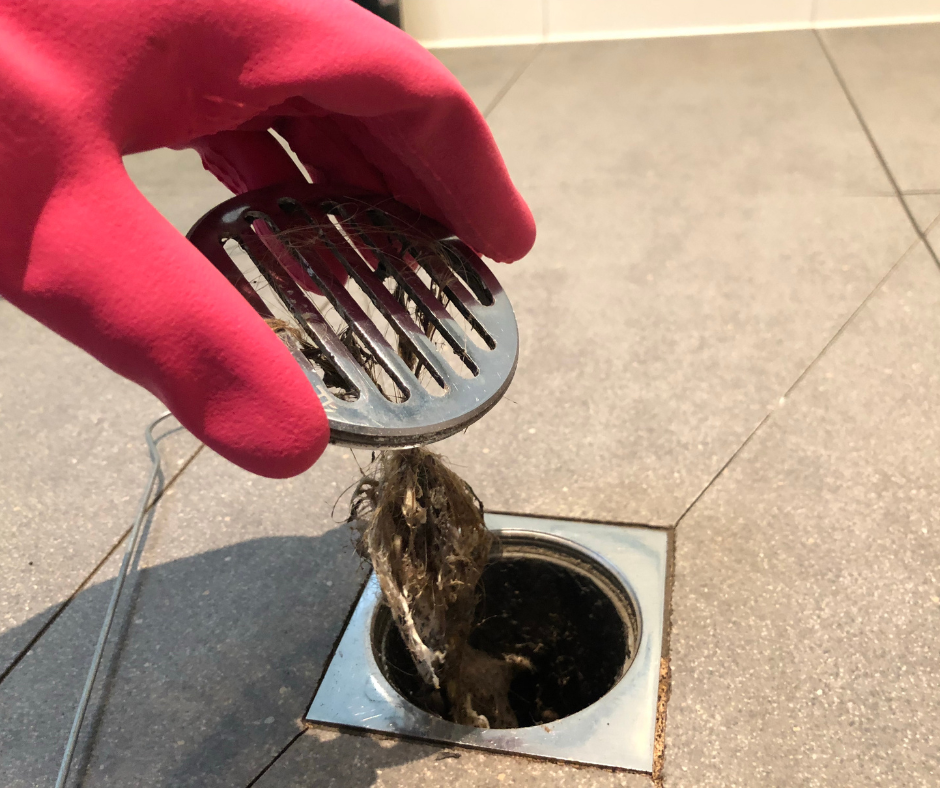Proudly Serving the Phoenix Metro Area
How to Clean Your Drain

A Step-By-Step Guide
Keeping your drains clean is not only essential for preventing unpleasant odors but also for avoiding potential blockages that can lead to costly repairs. Whether it’s your kitchen sink, bathroom drain, or shower, regular cleaning is a must. In this blog, we’ll walk you through some simple steps on how to clean your drain, ensuring it remains free-flowing and fresh.
Start with Boiling Water
One of the simplest and most effective methods to clean your drain is to use boiling water. The high temperature helps dissolve any greasy substances or soap scum that might be clogging your pipes. Carefully pour a kettle of boiling water down the drain to tackle these minor clogs effectively.
Baking Soda and Vinegar: A Dynamic Duo
For a deeper clean, turn to the classic combination of baking soda and vinegar. Start by pouring half a cup of baking soda directly into the drain, followed by an equal amount of white vinegar. The mixture will fizz and bubble, helping to break down grime and build-up. After letting it sit for an hour, flush the drain with hot water to clear out the loosened debris.
Plunge Away the Problem
Sometimes, a plunger can be your best friend when it comes to unclogging a drain. Make sure to use a flat-bottomed plunger for sinks and a bell-shaped one for toilets. A few firm plunges can often dislodge whatever is blocking your pipes, allowing water to flow smoothly again.
Clean the P-Trap
The P-trap is the curved section of pipe under your sink. It’s designed to trap debris and prevent deep clogs, but it can become a problem area itself if not cleaned regularly. Place a bucket underneath to catch any spillage, unscrew the P-trap, and clear out any accumulated debris. Rinse it with water before reattaching it.
When to Call the Professionals
While these steps can be effective for minor clogs and maintenance, some issues require professional attention. If you’ve tried these methods without success, it might be time to call in the experts.
Ready for a Sparkling Clean Drain?
At Plumbing Masters in Phoenix, we understand the importance of maintaining a clean and functional drainage system. Our team of experts is here to help with all your plumbing needs, from routine maintenance to emergency repairs. Don’t let a clogged drain disrupt your day – contact us today for fast, reliable service!







